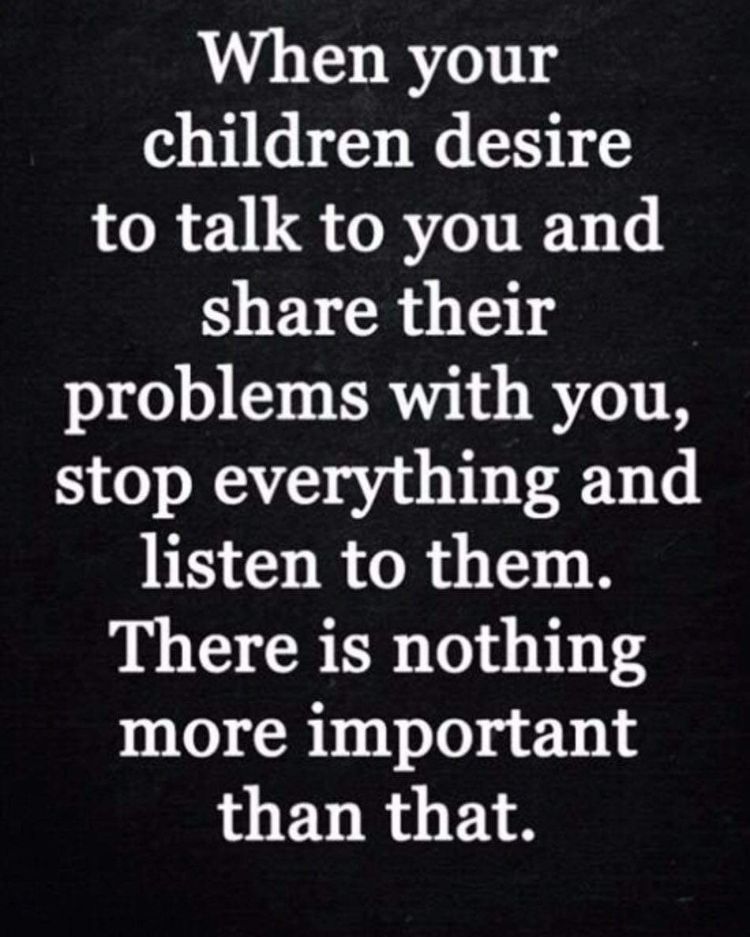5 Steps How to Set Digital Boundaries for Christian Families (Easy Guide for Parents)
- Layne McDonald
- Oct 30
- 5 min read
Your 8-year-old just asked for their own tablet. Your teenager spends hours scrolling through social media. Your family dinners have become silent affairs with everyone staring at screens. Sound familiar?
As Christian parents, we face a unique challenge: raising children who can navigate the digital world while staying grounded in biblical values. Technology isn't inherently evil, but without proper boundaries, it can become a stumbling block to spiritual growth and family connection.
The good news? You don't have to choose between embracing technology and protecting your family's faith. With intentional planning and biblical wisdom, you can create digital boundaries that honor God while preparing your children for success in our connected world.
Step 1: Start with Prayer and Define Your Family's Digital Values
Before implementing any rules or restrictions, take time to seek God's guidance. Pray together as a family about how technology should fit into your lives. This isn't just about creating rules: it's about establishing a foundation rooted in Scripture.
Begin by identifying your core Christian values and how they apply to digital life. Consider verses like Philippians 4:8: "Finally, brothers and sisters, whatever is true, whatever is noble, whatever is right, whatever is pure, whatever is lovely, whatever is admirable: if anything is excellent or praiseworthy: think about such things."
Action steps for defining digital values: • Schedule a family meeting to discuss technology's role in your home • Write down what you appreciate about technology and what concerns you • Identify biblical principles that should guide your digital choices • Create a family mission statement for technology use • Post your values somewhere visible as a daily reminder

Remember, this isn't about creating a list of "don'ts": it's about establishing a framework that helps your family use technology in ways that draw you closer to God and each other.
Step 2: Establish Clear Time and Space Boundaries
Once your values are clear, translate them into practical boundaries around when and where technology can be used. These physical and temporal limits help create rhythm and balance in your family life.
Time-based boundaries might include: • No devices during family meals • Technology curfews (devices off 1 hour before bedtime) • Device-free mornings until after breakfast and devotions • Weekly "digital sabbaths" for family connection and rest • Designated homework time without entertainment devices
Space-based boundaries could involve: • Keeping bedrooms device-free zones • Charging all devices in a central location overnight • Creating a designated homework station for focused work • Establishing device-free zones like the dining room or family prayer space
These boundaries aren't about punishment: they're about creating intentional spaces for connection with God and family. When children know the expectations ahead of time, they're more likely to cooperate and understand the heart behind the rules.

Step 3: Implement Age-Appropriate Parental Controls and Monitoring
Technology can be your ally in maintaining healthy digital boundaries. Modern devices offer robust parental control options that help you guide your children's online experiences without constant hovering.
Essential parental controls to activate: • Content filtering based on age and family values • Time limits for specific apps or overall device usage • App approval settings so children must ask before downloading • Safe search settings on browsers and YouTube • Location sharing for safety without invasion of privacy • Bedtime restrictions that automatically limit access
Popular tools include Screen Time (iOS), Family Link (Android), Circle Home Plus, Bark, and Covenant Eyes. Each offers different features, so choose based on your family's specific needs and your children's ages.
Remember the goal: These tools should supplement, not replace, ongoing conversations about digital wisdom. They're training wheels that help children develop internal boundaries while they're learning to make wise choices independently.
Step 4: Foster Open Communication and Teach Digital Discernment
The most powerful boundary you can establish is an open, trust-filled relationship with your children. When kids feel safe coming to you with questions or concerns, they're more likely to make wise choices even when you're not watching.
Strategies for building digital communication: • Ask genuine questions about their favorite apps, games, and websites • Show interest in their online friends and communities • Share your own digital struggles and victories • Discuss current events and how they relate to online behavior • Practice digital scenarios together ("What would you do if...")
Teach your children to evaluate content through a biblical lens by asking questions like: • Does this content align with our family's Christian values? • Would I be comfortable watching this with Jesus sitting next to me? • Is this building me up or tearing me down? • Am I being kind and respectful in my online interactions?

Create regular check-in times where family members can share their digital experiences: both positive and challenging. This ongoing dialogue helps children develop internal compass that guides them even when parental controls aren't present.
Step 5: Create a Family Media Agreement and Review Regularly
Formalize your family's digital boundaries by creating a written agreement that everyone signs. This isn't a contract filled with legal jargon: it's a covenant that reflects your family's commitment to using technology in ways that honor God and strengthen relationships.
Your family media agreement should include: • Clear expectations for screen time and content choices • Consequences for boundary violations (with emphasis on restoration) • Privileges that come with responsible technology use • Guidelines for social media, gaming, and entertainment • Emergency protocols for inappropriate content or cyberbullying • Regular review dates to adjust rules as children mature
Sample agreement sections: • "We commit to putting devices away during family devotions and meals" • "We will ask for help when we encounter confusing or inappropriate content" • "We understand that internet activity may be monitored for safety and learning" • "We will treat others online with the same kindness we show in person"
Plan quarterly family meetings to review and adjust your agreement. Children's needs change as they grow, and technology evolves rapidly. What works for a 10-year-old won't work for a 16-year-old, and yesterday's social media platform might be replaced by something new tomorrow.
Grace and growth mindset: Remember that mistakes will happen. When boundaries are crossed, focus on learning and restoration rather than punishment alone. Use these moments as opportunities to reinforce your values and strengthen your relationship.

Moving Forward with Confidence
Setting digital boundaries isn't a one-time event: it's an ongoing journey that requires prayer, flexibility, and commitment. Some days will be easier than others, and that's perfectly normal. The goal isn't perfection; it's progress toward a family culture that uses technology intentionally and biblically.
Start small. You don't need to implement every suggestion at once. Choose one or two boundaries that address your family's biggest digital challenges, establish those well, then gradually add others as needed.
Remember that you're not just managing screen time: you're discipling the next generation of digital natives who will influence the world for Christ. The boundaries you establish today are teaching your children how to live with integrity and wisdom in an increasingly connected world.
Transform Your Family's Digital Life Today
Ready to create lasting change in your family's relationship with technology? You don't have to navigate this journey alone. At Layne McDonald Ministries, we specialize in helping Christian families build strong foundations that honor God in every area of life: including our digital choices.
Take the next step: • Join our family coaching program for personalized guidance on digital boundaries and Christian parenting • Attend our upcoming workshop "Raising Digital Disciples: A Christian Parent's Guide to Technology" • Download our free Family Media Agreement template from our resource library • Listen to our podcast episodes on Christian parenting and family leadership for weekly encouragement
Visit laynemcdonald.com to access our complete library of Christian parenting resources, or schedule a consultation to discuss your family's specific digital challenges. Together, we can create homes where technology serves your family's mission instead of hindering it.
Your children's future depends on the boundaries you establish today. Let's make sure those boundaries reflect the love, wisdom, and grace of our Heavenly Father.

$50
Product Title
Product Details goes here with the simple product description and more information can be seen by clicking the see more button. Product Details goes here with the simple product description and more information can be seen by clicking the see more button

$50
Product Title
Product Details goes here with the simple product description and more information can be seen by clicking the see more button. Product Details goes here with the simple product description and more information can be seen by clicking the see more button.

$50
Product Title
Product Details goes here with the simple product description and more information can be seen by clicking the see more button. Product Details goes here with the simple product description and more information can be seen by clicking the see more button.




Comments